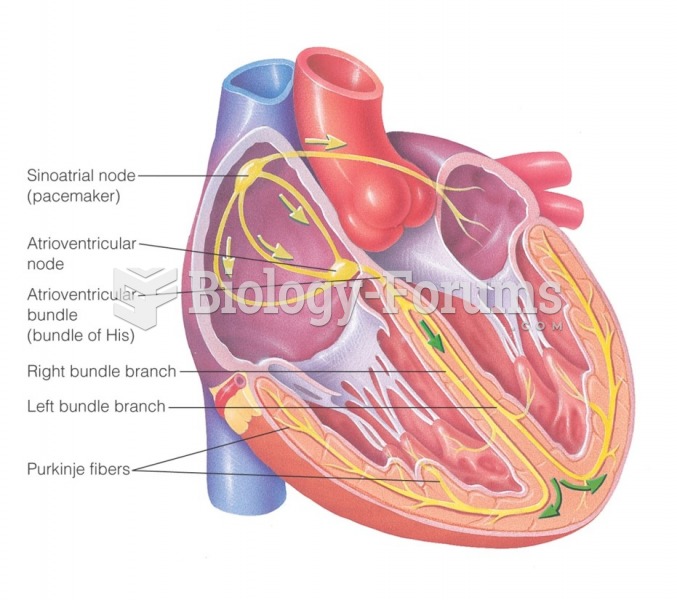|
|
|
Asthma cases in Americans are about 75% higher today than they were in 1980.
Though the United States has largely rejected the metric system, it is used for currency, as in 100 pennies = 1 dollar. Previously, the British currency system was used, with measurements such as 12 pence to the shilling, and 20 shillings to the pound.
Approximately 25% of all reported medication errors result from some kind of name confusion.
People with alcoholism are at a much greater risk of malnutrition than are other people and usually exhibit low levels of most vitamins (especially folic acid). This is because alcohol often takes the place of 50% of their daily intake of calories, with little nutritional value contained in it.
The first monoclonal antibodies were made exclusively from mouse cells. Some are now fully human, which means they are likely to be safer and may be more effective than older monoclonal antibodies.
 Active fuel management includes many different components and changes to the oiling system, which ...
Active fuel management includes many different components and changes to the oiling system, which ...
 Schematic of a typical electronic throttle control (ETC) system. Note that terminal #5 is always ...
Schematic of a typical electronic throttle control (ETC) system. Note that terminal #5 is always ...





